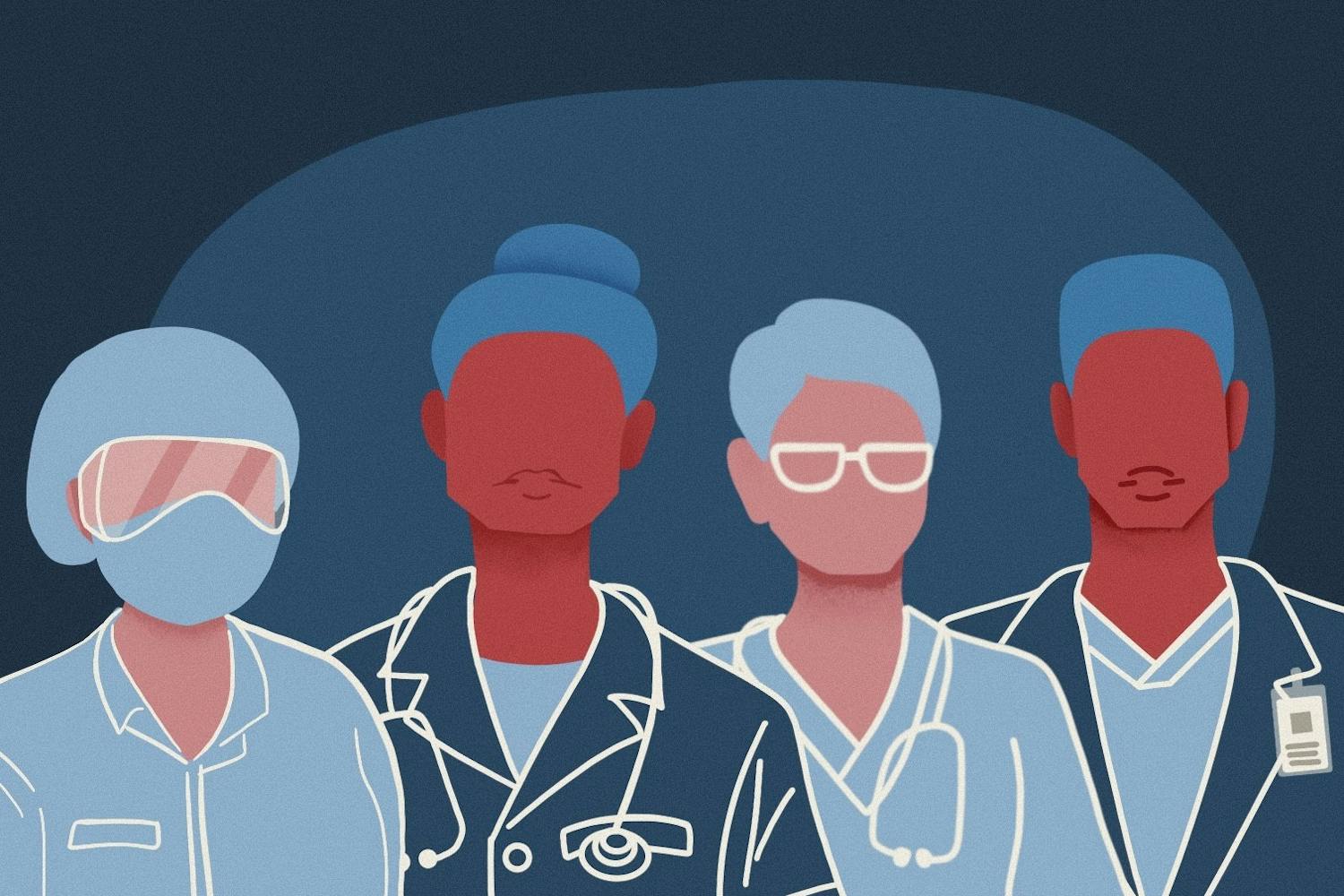The Bill and Melinda Gates Foundation is known for its immense reach and generosity.
Established in 1994, the foundation has awarded nearly $23 billion in grants since its inception, extending to more than 100 countries.
Recently the foundation had to confront a difficult truth: Throwing money at a problem doesn’t always solve it.
According to The Wall Street Journal, one of the foundation’s biggest initiatives has been the eradication of polio, a cause to which it has invested more than $700 million, only to find out the disease is spreading in Africa and even in regions of the world that have not had a case of polio in decades.
The speed bumps encountered by the program aren’t for lack of effort and certainly not for a lack of generosity. The program is a collaboration of several organizations, among them Rotary International, the World Health Organization and the Centers for Disease Control and Prevention, and has experienced a great deal of success. Starting from 350,000 cases of polio worldwide in 1988, the polio eradication program decreased the number of worldwide cases in 2006 to 1997, according to the WHO.
Now, with the problem billions of dollars short of its budget for the next three years, the partners in the program are revising their strategy, and with good reason.
But this example is just one of many demonstrating that the kind of unimaginable generosity displayed by groups like the Bill and Melinda Gates Foundation would be better used in addressing the underlying causes of problems such as polio, like providing clean drinking water, supporting public health education programs, improving accessibility to medical care and combating malnutrition.
Focusing a large sum of money on a disease, called a vertical approach, is often used in the case of vaccinations. In some cases, like smallpox (in fact the only disease to be completely eradicated), this approach can be very successful. However, when the disease involves complex constructs that can inhibit even wide distribution of the vaccine, focusing billions of dollars on just distribution, is simply inefficient.
For example, polio vaccination in Nigeria was halted when rumors spread that the vaccine sterilizes young girls.
Additionally, in India, malnutrition and intestinal issues may have inhibited success of the vaccine.
AIDS is another example. Although funding AIDS treatment is all well and good, Africa is in need of more than a million new educated health care workers, according to the research group, the Joint Learning Initiative.
According to the Global Health Council, a horizontal, or ground-up, approach to improving health must include financial accessibility, physical accessibility, non-discrimination and information accessibility. I would also argue that cultural accessibility is included among these four, in that educational information should appeal to the cultural norms and standards of that country.
Polio eradication will hopefully serve as a signpost in future efforts of large philanthropic organizations. While disease eradication may be the ultimate goal, it’s important for big donors to place efficiency first, allocating funds to perhaps the less lofty goals of improving roadways, instituting education, providing clean water and improving nutrition.
Kristen is applying for a $22.6 billion grant. Help her at kckelle2@asu.edu



